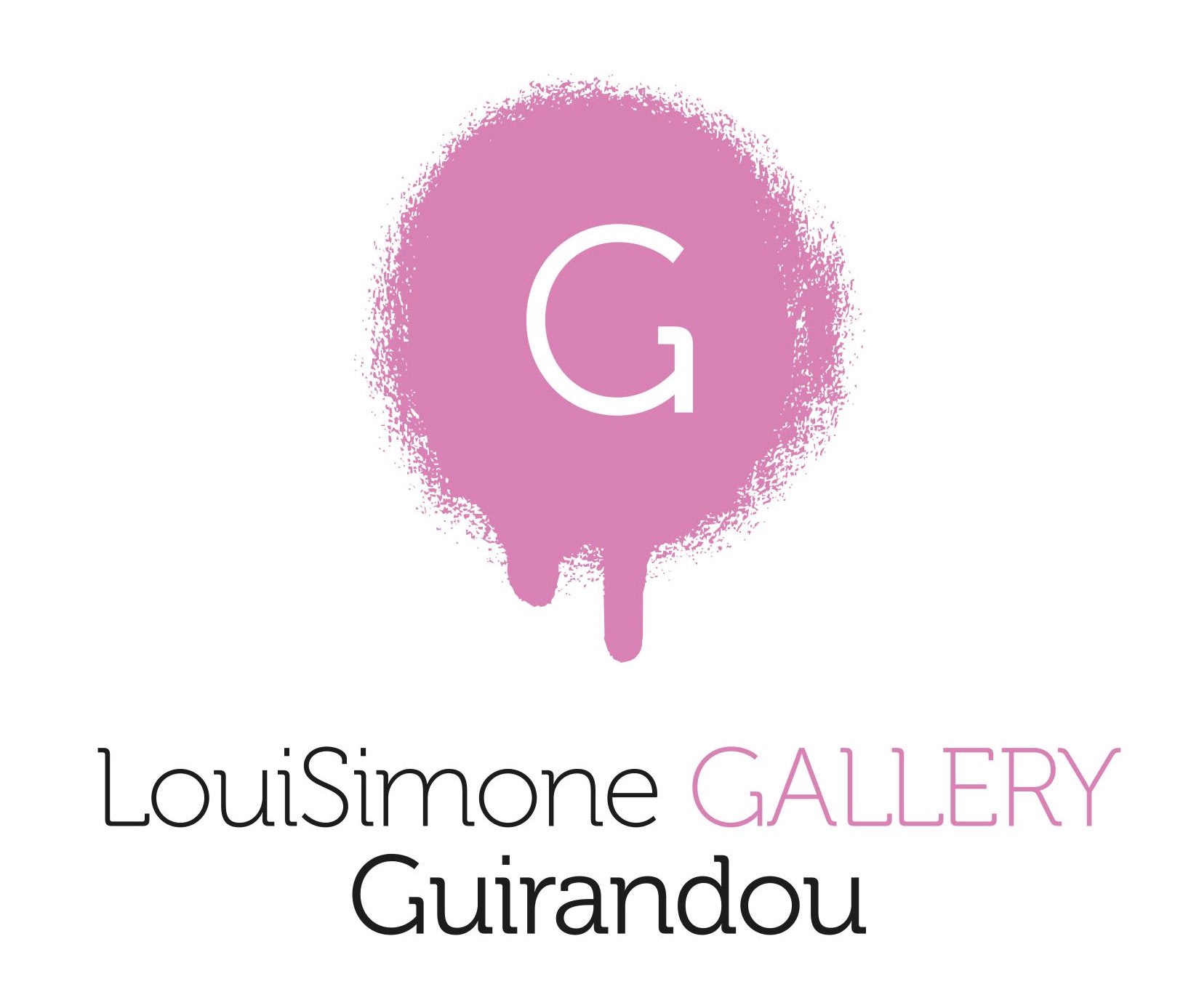"Pyrography, combined with wood, gives me the certainty that my work will endure. I like that my gesture is deeply inscribed into the material — so my message won’t fade."
(Lydia Matiegou-Keïta)
Born in 1999, Lydia Matiegou-Keïta is a multidisciplinary artist and a graduate of the École des Beaux-Arts de Paris, where she received high honors for the generosity of her approach and the diversity of her chosen mediums. Her path to arts is rather unconventional. After studying management and spending a year working in the field, she realized — “I wasn’t made for this” — and changed course. In 2022, she entered a preparatory art school before being admitted to the Ecole des Beaux-Arts de Paris.
Her Forêt de Baobabs series brings together wood, spontaneous gestures, and pyrography to form fragile, organic shapes that lie at the crossroads of memory and sculpture. Drawing from family stories, nature, and the cycles of living things, Lydia explores themes of transmission, repetition, and transformation.
Her relationship with materials is sensitive, almost instinctive. She works with modest, often salvaged materials — wood, plywood, polystyrene — chosen for their availability, texture, and implicit memory. Pyrography appeals to her for the simplicity of its gesture and the strength of its mark: to burn, to engrave, to inscribe — in order to make it last. To mark the surface until it speaks, until it releases buried presences.
The baobab tree, a powerful symbol in Mandinka culture and a recurring figure in the tales of her childhood, has become a near-totemic motif in her work. She reclaims it through a series of pyrographed forms, repeated like singular echoes. Interwoven with these trees are intimate archives — photographs, familiar faces — sealed into the material. Through her work, Lydia evokes a memory in motion — not a static archive, but something fluid, alive, traversed by time and the intertwining of stories.
Her installations and sculptures become spaces where past and present meet, where memories stir, circulate, and transform. The material itself, bearing the traces of gesture and remembrance, invites a quiet dialogue with the viewer — one that shifts with time and perspective. In this way, memory is no longer simply preserved, but kept alive, renewed, and inscribed in a perpetual becoming.

